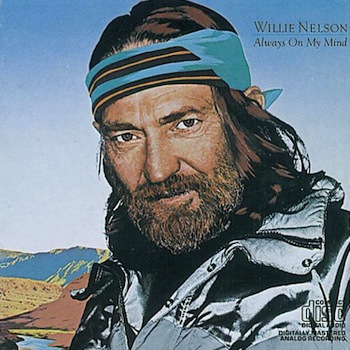Making a melody “beautiful” requires you to go beyond simply making it “good.”
____________________
Read more about how “The Essential Secrets of Songwriting” 6-eBook Bundle can make you a top-level songwriter.
____________________
 What is it about a melody that’s beautiful, as opposed to (or shall I say “in addition to”) good? The question implies that it’s possible for a melody to be good without being beautiful. I think most would say that The Rolling Stones’ “Satisfaction” is an example of a good melody. It’s got great structure, a really nice build, and then a fantastic hook. But the word “beautiful,” at least the way most people define it, wouldn’t necessarily be the best word.
What is it about a melody that’s beautiful, as opposed to (or shall I say “in addition to”) good? The question implies that it’s possible for a melody to be good without being beautiful. I think most would say that The Rolling Stones’ “Satisfaction” is an example of a good melody. It’s got great structure, a really nice build, and then a fantastic hook. But the word “beautiful,” at least the way most people define it, wouldn’t necessarily be the best word.
A small part of the formula is a characteristic quite apart from melodic shape: tempo. We usually require the tempo of a beautiful song to be somewhat slow, certainly no faster than moderately slow. Faster than that, and a certain kind of musical energy enters the equation. The tempo of a song seems to be inversely proportional to the quality of beauty.
If you want to test that theory, listen to “You Were Always On My Mind,” as sung by Willie Nelson, and then try the version by Pet Shop Boys. I think because I was very familiar with Willie’s version, I still hear the quality of beauty even in a fast version with a stock-80’s instrumentation. But I wonder if that’s a subjective observation. In general, I think most songwriters consider the slower tempo to be a key ingredient of what it takes to make a melody beautiful.
In addition to being relatively slow, a beautiful melody usually needs to display the following characteristics:
- Has a noticeable climactic high point. That climax usually happens near – but not exactly at – the end of the melody.
- Is mainly stepwise, with a few leaps for musical energy. Those leaps are usually in an upward direction (“If You Leave Me Now”, by Peter Cetera, as a good example), but sometimes downward leaps can be effective ( as in the chorus of “Man In The Mirror” – written by Glen Ballard and Siedah Garrett, made most famous by Michael Jackson on his “Bad” album of 1987).
- Uses a good mix of short and long note values, with longer ones on emotionally significant words.
______________
 Written by Gary Ewer. Follow on Twitter.
Written by Gary Ewer. Follow on Twitter.
Download “The Essential Secrets of Songwriting” 6-eBook Bundle, which includes “Chord Progression Formulas”, a great way to create dozens of progressions in any key.









